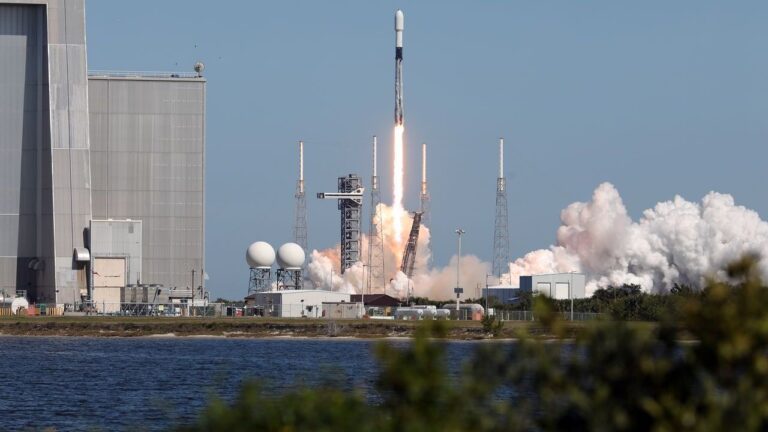
Mars Study Reveals Diverse Organic Material and Life-Supporting Potential
For decades, researchers have been fascinated by the possibility of finding carbon organic on Mars, which could unlock a wealth of information about the planet’s past and whether it could support life. Previous missions have provided intriguing hints, but the latest research adds a wealth of new evidence that expands our knowledge of Mars and whether it could harbor life.
The study’s findings reveal a more complex organic geochemical system on Mars than previously thought, suggesting the presence of multiple reservoirs of potentially life-supporting organic compounds.
Water’s Crucial Role in Organic Matter on Mars
Among the study’s most significant revelations is the detection of signals consistent with molecules linked to aqueous processes. This finding suggests that water may have played a pivotal role in the creation and preservation of the wide range of organic matter on Mars. The implications of such a discovery are profound, as it implies that the essential building blocks required for life may have endured on Mars for a much longer period than previously hypothesized.
Leading the charge in the hunt for life’s building blocks on Mars is Amy Williams, an esteemed expert in organic geochemistry and a participating scientist on the Perseverance mission. Williams’ work focuses on identifying habitable environments, searching for potential life materials, and unearthing evidence of past life on the Red Planet. While the samples collected by Perseverance are slated to be sent back to Earth via future missions, the process is complex and ambitious, spanning several years.
“The potential detection of several organic carbon species on Mars has implications for understanding the carbon cycle on the planet and its potential to host life throughout its history,” said Williams, an assistant professor in UF’s Department of Geological Sciences.
The Multifaceted Origins of Organic Matter
Organic matter can emerge from various processes, not solely those related to life. Geological processes and chemical reactions, too, can give rise to organic molecules, making these possible Martian organics potentially more diverse in origin. Williams and her team of scientists are eager to delve deeper into the potential sources of these intriguing molecules.
Up until now, organic carbon had only been detected on Mars by the Mars Phoenix lander and the Mars Curiosity rover using advanced techniques like evolved gas analysis and gas chromatography-mass spectrometry. The new study introduces an alternative technique that may identify simpler organic compounds on the Red Planet.
The Promise of Jezero Crater
The selection of the Jezero crater as the rover’s landing site holds great promise for understanding past habitability on Mars. This ancient lake basin is rich in a variety of minerals, including carbonates, clays, and sulfates, which possess the potential to preserve organic materials and signs of ancient life.
“We didn’t initially expect to detect these potential organic signatures in the Jezero crater floor,” Williams said, “but their diversity and distribution in different units of the crater floor now suggest potentially different fates of carbon across these environments.”
SHERLOC: A Cutting-Edge Instrument for Unprecedented Insights
The scientists utilized a first-of-its-kind instrument called the Scanning Habitable Environments with Raman and Luminescence for Organics and Chemicals (SHERLOC) to map the distribution of organic molecules and minerals on Martian rock surfaces. SHERLOC leverages deep ultraviolet Raman and fluorescence spectroscopy, allowing for simultaneous measurements of weak Raman scattering and strong fluorescence emissions, thus providing crucial insights into Mars’s organic composition.
Advancing Our Exploration of the Red Planet
The latest findings represent a significant leap forward in our exploration of Mars, setting the stage for future investigations into the potential existence of life beyond Earth.
“We are just now scratching the surface of the organic carbon story on Mars,” Williams said, “and it is an exciting time for planetary science!”
In conclusion, the Mars study’s groundbreaking findings regarding diverse organic material and the potential for supporting life have opened up a new chapter in our understanding of the Red Planet. As scientists like Amy Williams continue their pursuit of knowledge on Mars, we can eagerly anticipate the day when we unveil the secrets of this enigmatic neighbor and unlock the mysteries of life beyond our home planet.
(Source: University of Florida)






